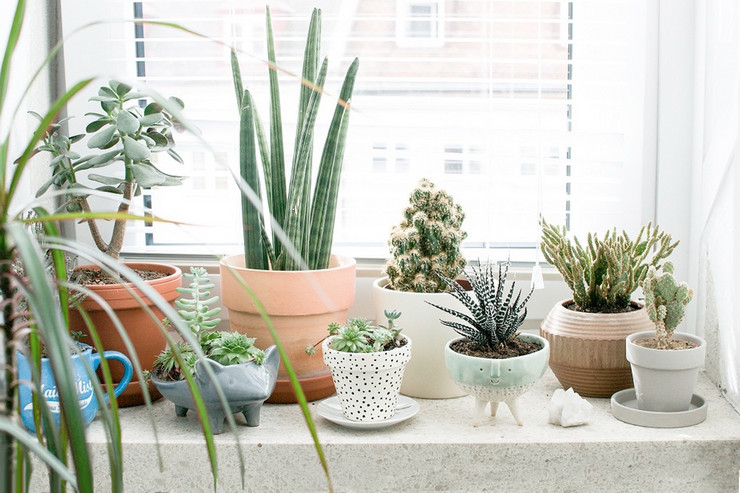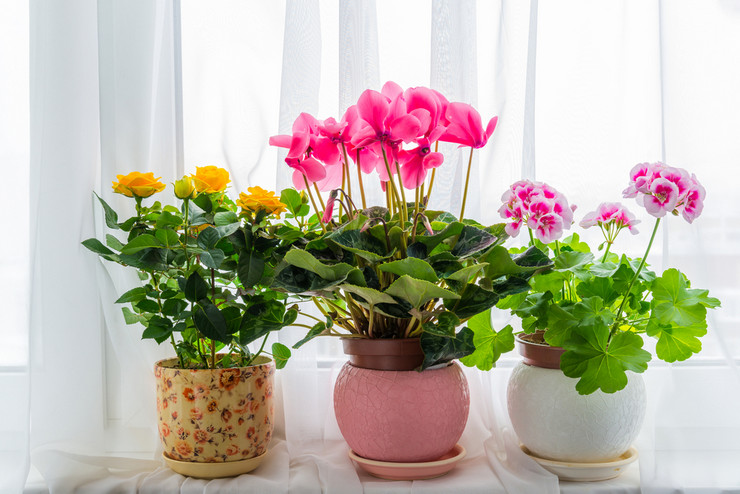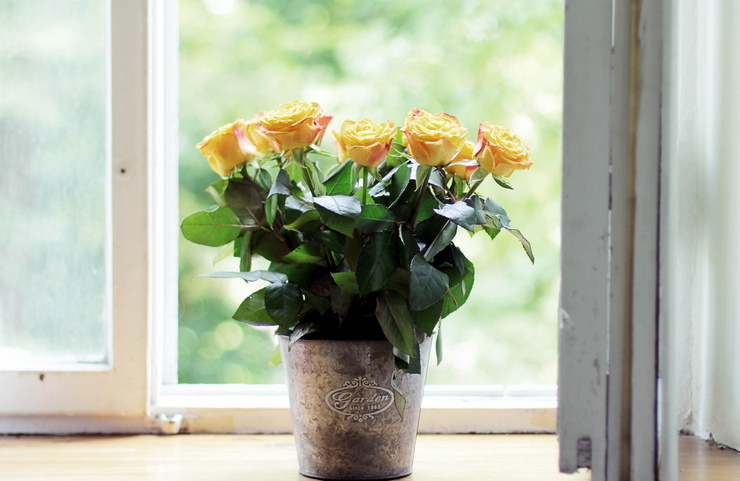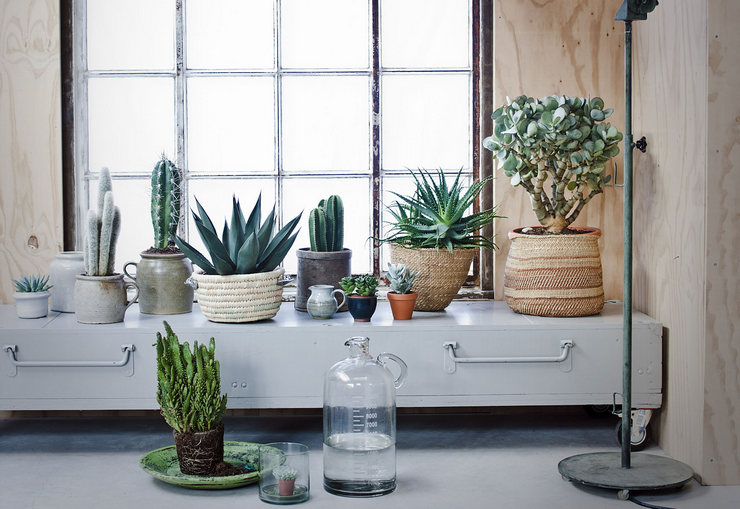Most indoor plants thrive on windowsills on the east and west sides of the house. Sunlight does not come directed, but diffused, shading flowers in such a place is not required. But is there a significant difference between growing crops in these two areas?
If we talk about sunlight, then its amount seems to be exactly the same on the west and east windows. True, often the location of the windows is not strictly directed in these directions, but with a slight offset, and the height of the vegetation under the windows is of great importance for the flow of light into the room. For example, a southeast-facing window is favorable for growing light-loving indoor crops. And the northeast direction is ideal for plants that prefer shady conditions. And how do the growing conditions differ from each other on windows that are strictly directed to the west or east? It turns out that the air temperature during the day, night and morning, as well as in different seasons, differs significantly on the west and east windows..
Temperature regime
To create ideal conditions for keeping indoor plants, there is not enough good lighting, regular moisture and timely feeding. The most important element is, nevertheless, the correct temperature regime. In the summer months, on the windowsills of the eastern and western directions, the air temperature naturally changes during the day, but in completely different ways..
East window
In the morning hours before sunrise, the air on the windowsill is cool, with the appearance of warm sunlight, the plants wake up and begin their vigorous activity to continue their growth and development. On the hottest summer days, the flowers on this window are not threatened with sunburn, since the direct sun does not get here. The soil in the pot does not heat up or dry out during these few hours in the morning, and in the afternoon the lighting is still bright, but already diffused.
Western window
A bright sun appears on the west window in the afternoon. At this time, the air temperature in the room is already quite high (especially in summer). Indoor flowers have a negative attitude towards elevated temperatures, and especially those species that prefer a temperate climate with high humidity. Being in the first half of the day in a hot room, they look forward to at least a short coolness, and instead comes the bright afternoon sun and direct sunlight..
Daily temperature fluctuations
For the full development of most plants, the night temperature should be cool and the daytime warm. The transition from low to high temperatures should be gradual. Such temperature fluctuations are natural for many crops, they contribute to the formation of flower buds in a large number of indoor flowers..
East window
The night is cool, but in the morning the temperature rises and remains high throughout the day. Coolness gradually returns in the evening.
Western window
The evening chill comes abruptly, replacing the intense heat immediately after sunset.
What indoor plants to choose?
When purchasing an indoor flower in a store, you need to take into account its preferences and the possibilities of growing in your room. While many crops adapt perfectly to the west and east windows, you shouldn’t pick varieties that don’t like the location. Before buying, study well the growing conditions of this crop, its relation to temperature, light levels and humidity..
Plants for the window
Araucaria, Achimenes, Asparagus, Aucuba, Dracaena angustifolia, Saintpaulia, Streptocarpus, Zantedeskia Ethiopian, Cyclamen Persian, Clerodendrum, Aspidistra, Pilea, Poinsettia, Hovea, Maranta, Singonium, Philodendron, Fissar, Stefissendrone.
Plants for the west window
Aglaonema, Allamanda, Anthurium, Livistona, Gusmania, Vriezia, Monstera, Begonia, Cordilina, Dendrobium Orchid, Codiaum, Pandanus, Spathiphyllum, Fuchsia, Schefflera, Cyperus, Ficus Benjamina, Mandewylorium, Zipladewyllum, Zipladewillum Date palm, Scindapsus.




